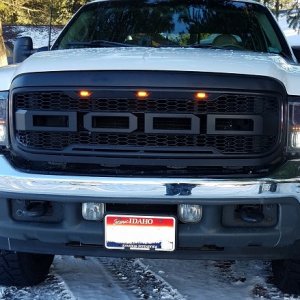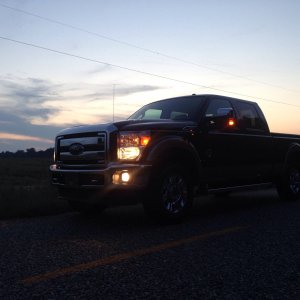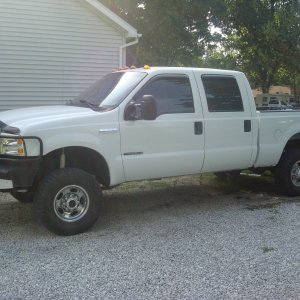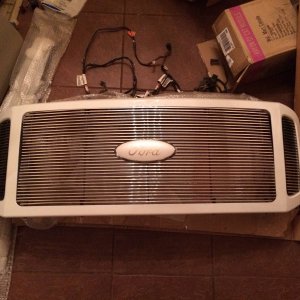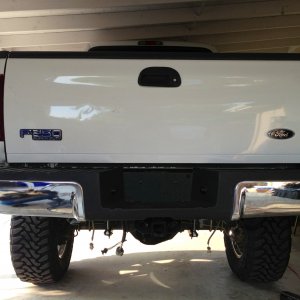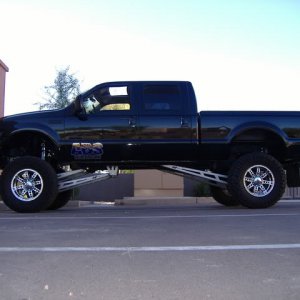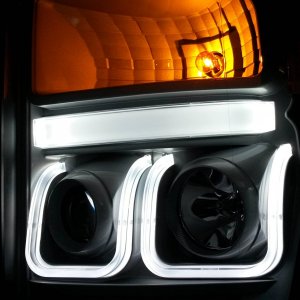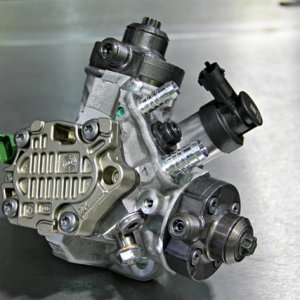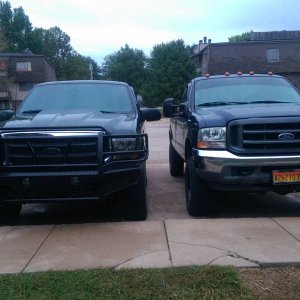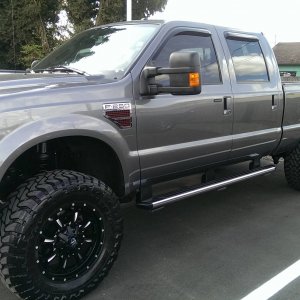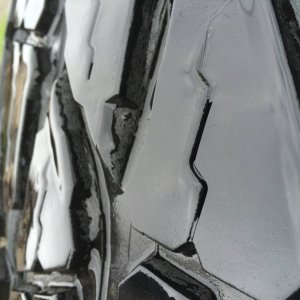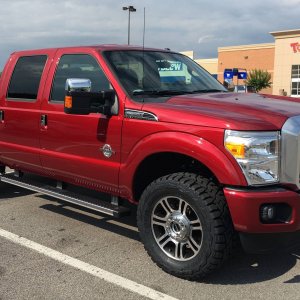But let me waste some time talking about some fluid dynamics for a second on a system that never changed, and has worked flawlessly for over 4 years.
Okay...
No matter how much fuel you are moving, there will be some potential for fuel vaporization across the 1/8" inlet ports to the heads. The potential here is directly related to orifice size vs flow rate. Well, if you force all the fuel through the heads 100% of the time then the flow rate is always higher for a flow-through setup. Right off the bat you've increased one of the components of turbulence tremendously higher. Secondly, by only allowing 2 of these orifices for this flow, you've halved the orifice area in use, compared to having utilized 4 of said orifices.
So in a flow through, you increase the flow across the orifice, and half the available orifice area.
Combine this with the fact that the average fuel temperature will be much higher by using the fuel as a coolant, passing through the engine heads and you have the full vaporization trifecta of increased flow, reduced orifice size and increased temperature
Perfect if the goal is to provide the injectors with the greatest possible amount of entrained fuel vapor I suppose.
Secondly.....
If we ignore the tendency for creating entrained vapor, and instead focus on what happens to the air that we do have, there's still no practical advantage to flowing-through.
Assuming the entrained vapor is in the fuel stream before the systems at the engine, such as from a restrictive filter, pump cavitation, a line leak or similar, then in each case the injectors will receive the same amount of air whether it all flows through the heads, or only what the injectors consume does.
If there are 100 vapor bubbles per gallon rushing toward the engine, then in a flow through all 100 of them run straight through both heads and the injectors will pull 100 bubbles per every gallon injected. If instead only the portion of flow the injectors are consuming is sent to the heads, then far fewer bubbles actually go through the heads, but the percentage and mixture uniformity remains the same, in that for each gallon injected, the injectors will still have passed the same 100 bubbles in a quad-feed setup.
The only time a flow-through would theoretically be advantageous to me would be after draining the rails, like if you ran the engine out of fuel, or pulled injectors, although to be honest..... even here I have never noticed any change in cranking the truck after an injector swap, or after a filter swap or anything else.
It's simply not so that a non flow-through setup causes air issues. What it does, is allow the use of twice the orifice size, not force all the fuel pump output across half the orifice area 24-7, doesn't use the fuel as a coolant making it even more prone to vaporization and doesn't make the pump move this hot fuel all the time burning the pump up quicker.

